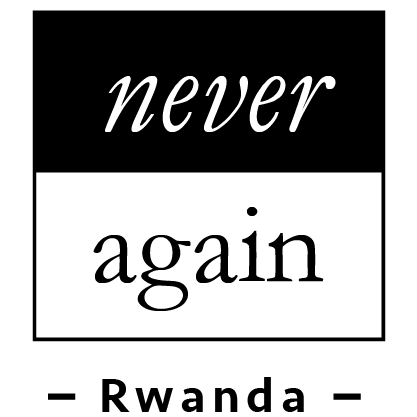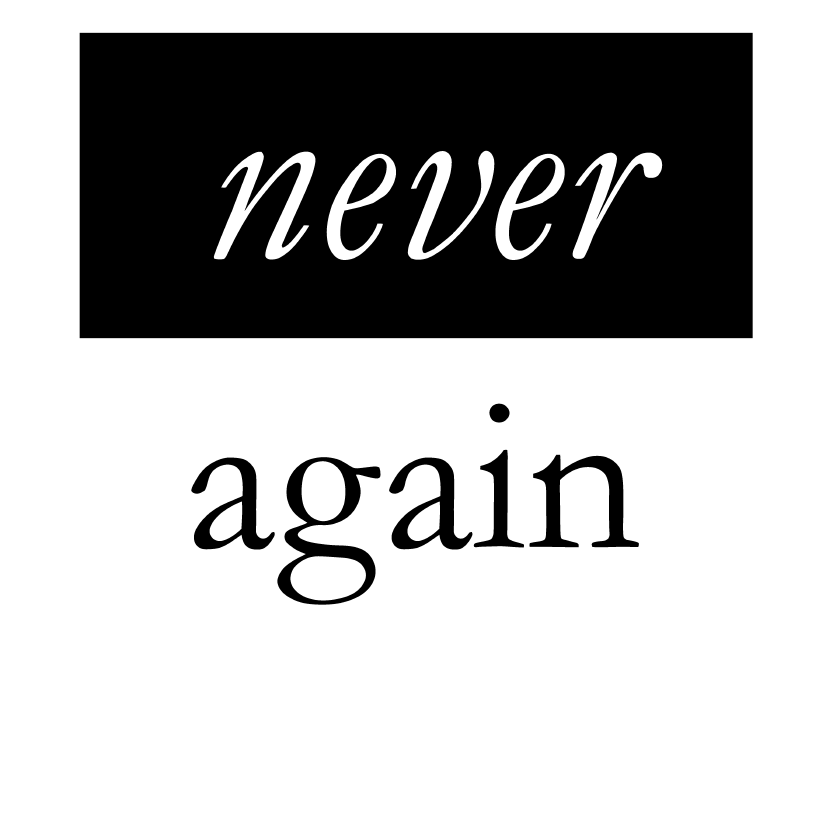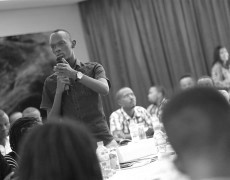Peace has become elusive in a world plagued by youth restiveness. Globally some youths from the various regions have become discordant encouraging and promoting divisive tendencies. History has taught us that this kind of trend is a wind that blows no man any good.
Rwandan youth hosted by Never Again Rwanda converged recently on the International Youth day (IYD) in Kigali to deliberate on the notion of peace. Dominique Alonga Uwase, founder of ‘Imagine We Rwanda’, a publishing house dedicated to projecting African stories, is one of them. Her philosophy is that once youthful Rwandans develop a deeper reading culture they would acquire more knowledge needed in ‘peacebuilding’.
“When youths were told to pick up pangas during the 1994 Genocide (against the Tutsi), they did it without thinking because they did not have knowledge. A person with ‘Critical Thinking’ skills would probably have asked, ‘why should I do that’?”
Derrick Murekezi, the founder of ‘Critical Thinking for Peace’, an NGO that promotes peace through creative thinking and sensitization, believes that young people MUST have the ability to envisage the future. According to him the current millennial generation should pave a peaceful ways for the next to promote healing and must have the skills to do that.
Murekezi told this publication that young peopl should always ask themselves what they could do to contribute without distorting the foundation their forefathers laid. He also argues that a peaceful heritage can’t be passed on from generation to generation without ‘critical thinking’ skills.
The two youths are what one can easily call ‘peace-actors’ and are role models in that arena. They were guest speakers at the IYD, which the peacebuilding institute dedicated to celebrating young people’s contributions to peacebuilding and transformation.
The celebrations, which mainly enabled young people and different stakeholders to converge, couldn’t have come at a better time. Looking at the demographics, globally youth are the largest in history and they often comprise the majority in countries marked by post conflict or civil unrest.
In Rwanda alone according to the Fourth Population and Housing Census, the youth constituted 40 percent of the resident population in 2012, numbering 4.1 million and the number has since grown.
The Ministry of Youth, Culture, and Sports defines a Rwandan youth as that person between the age of 14 and 35 years. Like many developing countries, Rwanda’s population as a whole is quite young supporting the argument that ‘critical thinking’ is much needed as an intervention to a peaceful society.
From the IYD deliberation young people agreed that to attain sustainable peace, governments must shift their condemnatory perspective of youths as violent people, or better still, easy recruits for violence to a more fulfilling role as agents of peacebuilding and NAR is successfully doing just that.
Establishing precisely 69 youth clubs and associations across 12 districts in Rwanda NAR has given a platform to young people to become active peace agents and those running the program are adopting the model of considering youths as the solution and not as the problem.
“We identify and addressing the social exclusion of young people as a precondition for sustaining peace. Experts believe that considering the needs and aspirations of youth in matters of peace and security is an imperative,” said a NAR Youth Coordinator.
In Rwanda there is recognition that the scale and challenges of sustaining peace requires partnerships between different parties, the youth inclusive. NAR has been able to achieve this through forging these numerous relationships with the youth clubs, most of which attended the IYD celebrations.


